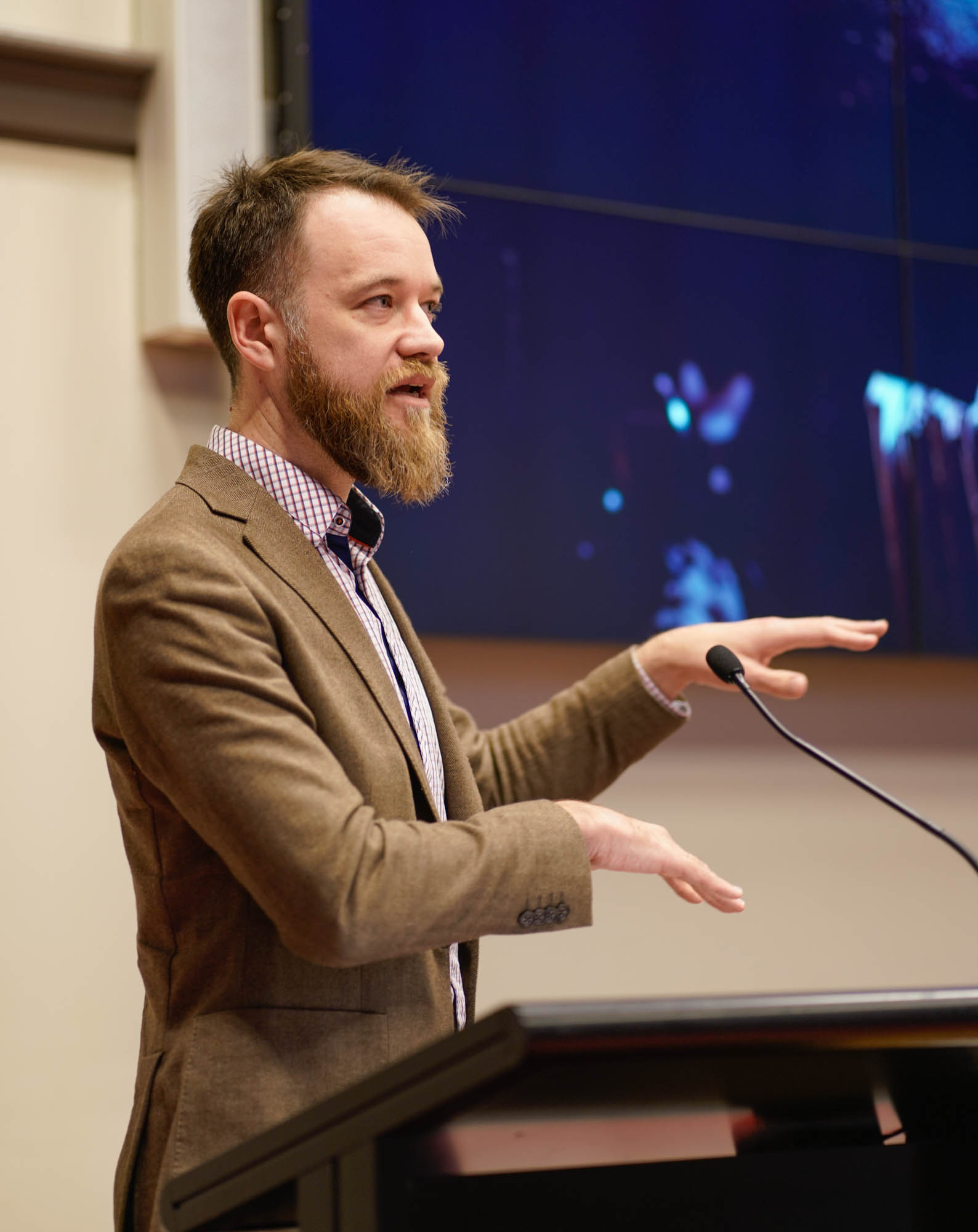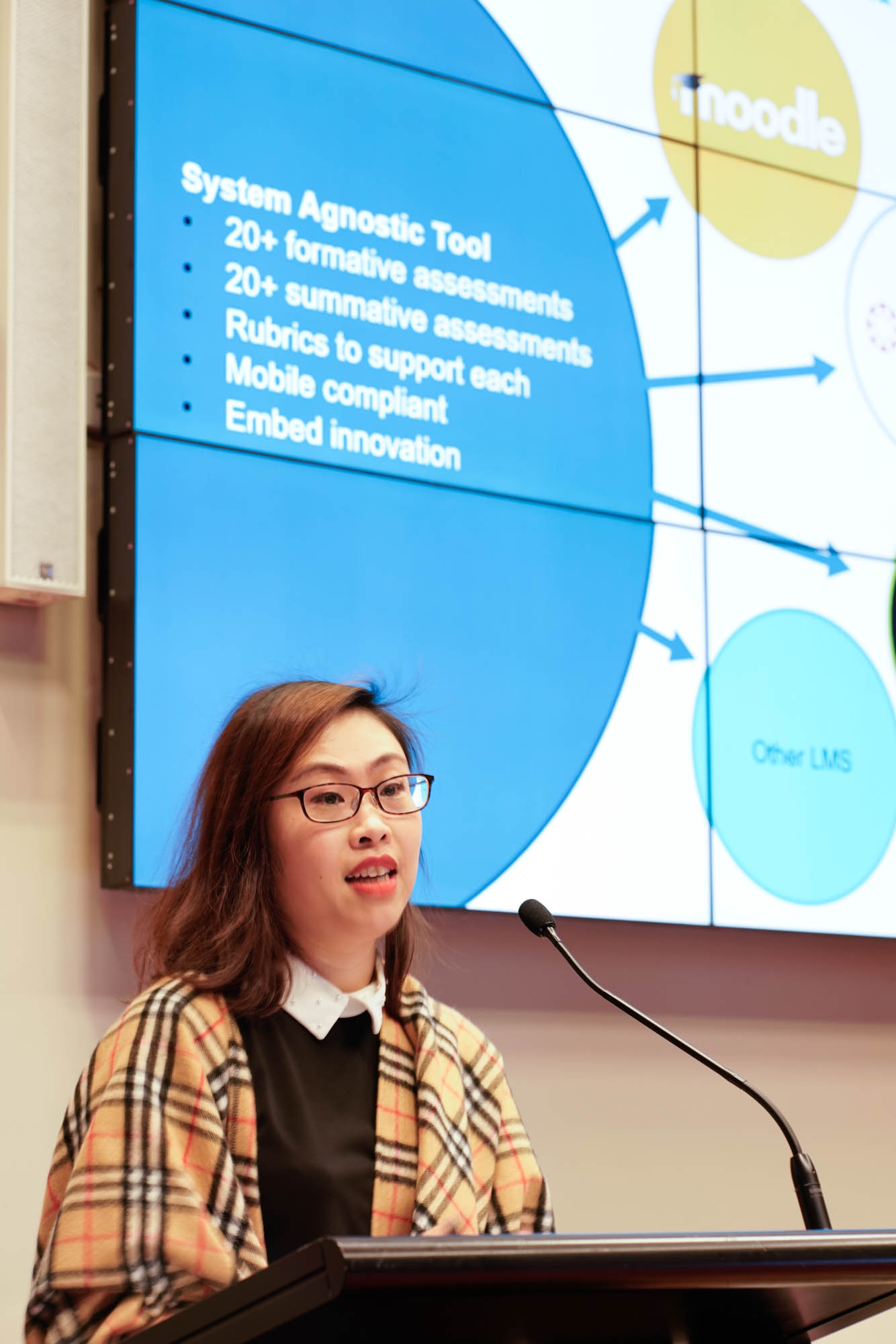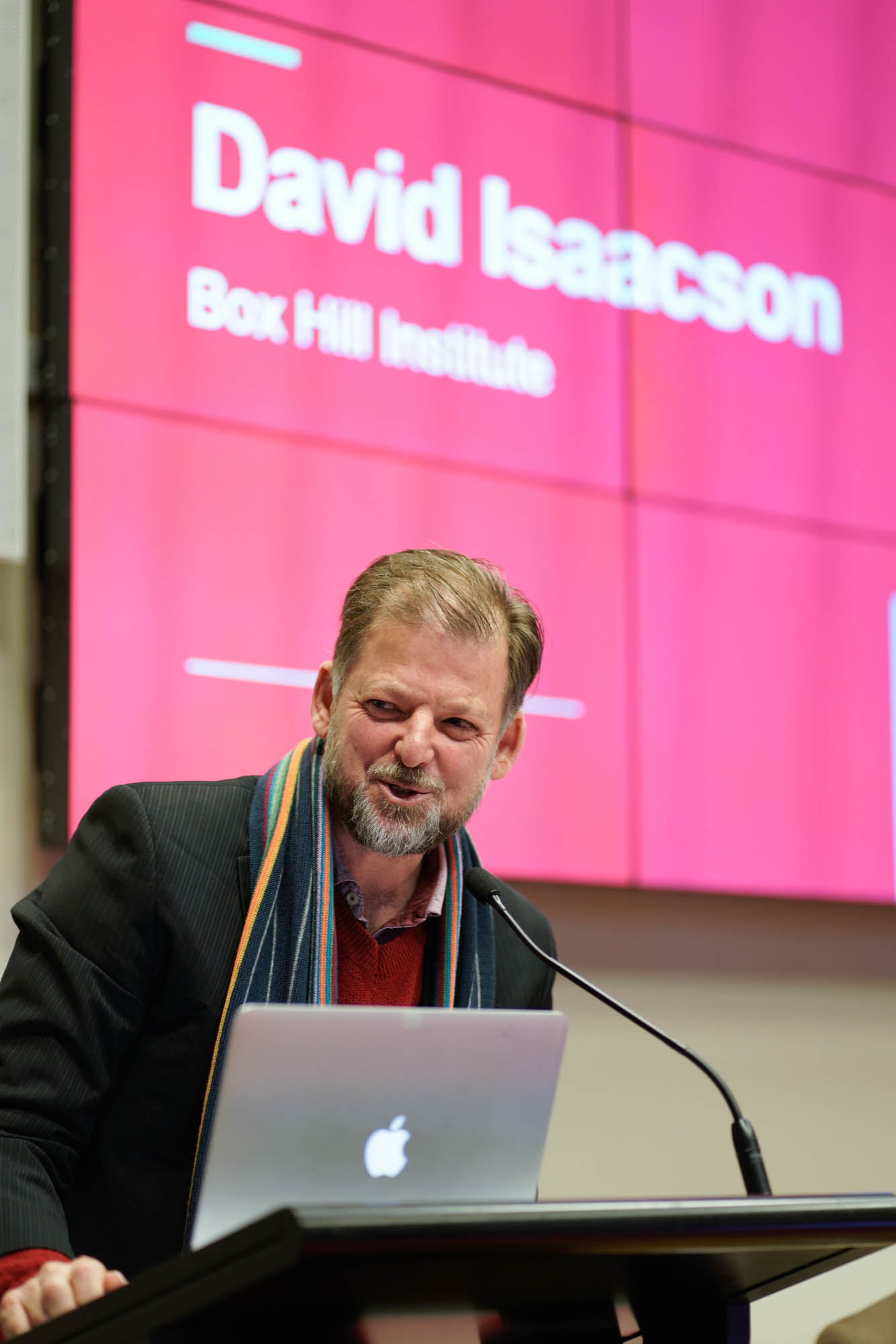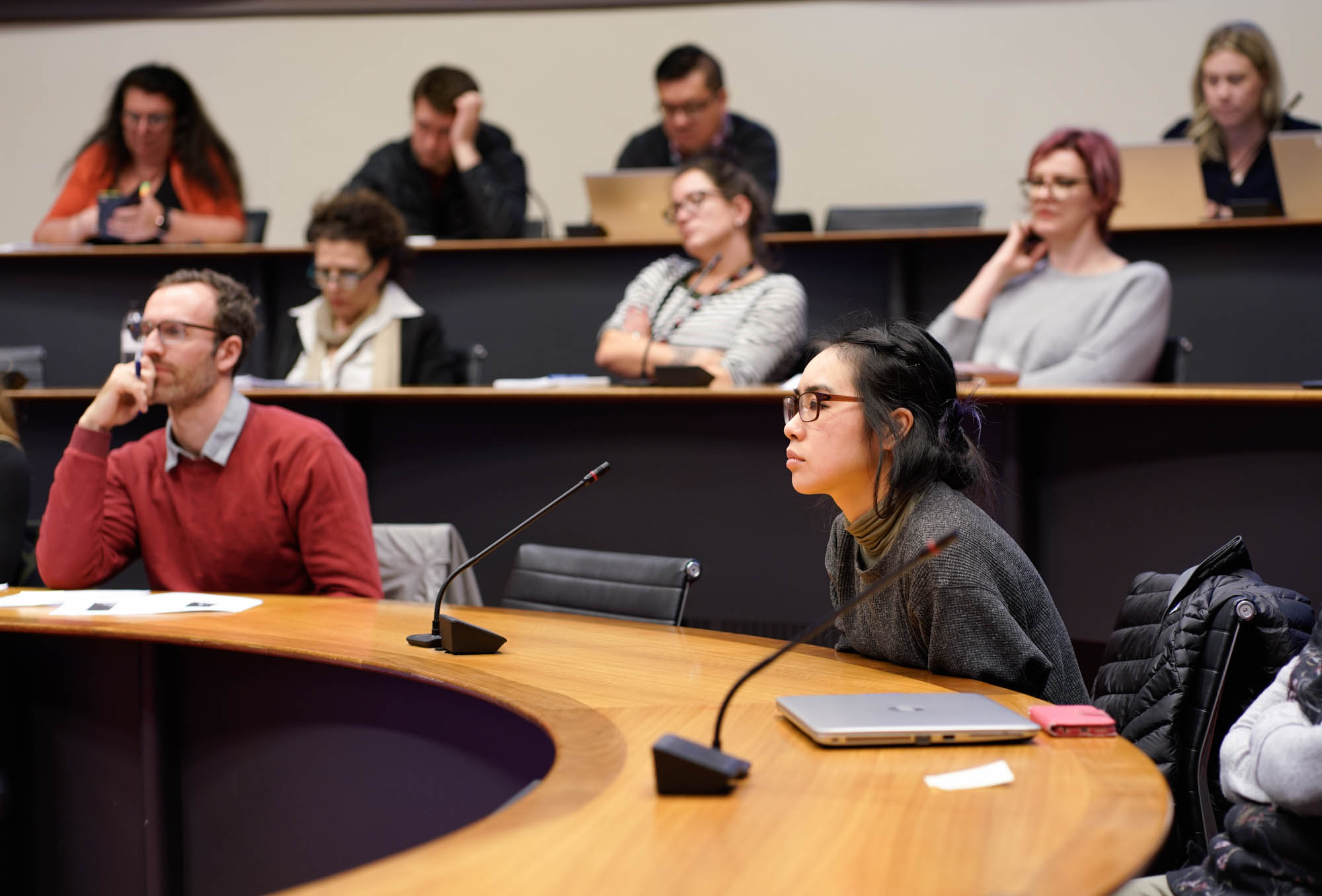Technological advancements continue to change the way students think, feel and interact with their education. Learning institutions must adapt to continue to engage with their students. Finding the right solution, however, isn’t always easy. Implementation can be costly, and with educational and technological trends evolving at such a rapid rate, is it possible to ensure long-term sustainability?
In our latest bi-monthly VE design Think Tank series on July 25, we asked our expert panellists to tackle this question and more.
“How can we achieve practical and sustainable technology solutions in VET, industry and skills training?”
https://www.youtube.com/watch?v=3E3-sWD__uM&feature=youtu.be

Our first speaker, Lindsay Rattray is the Associate Director of Learning Systems, Technologies and Innovation at Navitas and part-time DJ. He likens the implementation of a new learning system to the art of spinning records. First, a record must be selected. This is the planning phase. Before choosing a technology solution, the education provider must ask themselves several key questions:
- Are the tools open source?
- Are plug-ins well maintained?
- Are the features commonly used?
- Does the feature engage learners?
Once the record has been selected, it’s time to set the stage – also known as the ‘preparing to use’ phase. Here, several more questions must be explored beforehand:
- Can the material be backed up?
- What support is available? Can it be provided on short notice?
- Does the feature meet compliance requirements?
- Is it upgradable?
Lastly, it’s time to play. This final stage is about aligning the process to the people. Lindsay believes a good lead time should be given to any new technology so all features can be tested by its new users. This means IT departments, teachers and all other relevant staff must be trained to ensure its features are being utilised to their full potential. Otherwise learning institutions runs the risk of having the feature completely unused.

Our second speaker was Rita Chiu, Assessment Innovations Manager at Pearson. Rita used a recent example to highlight the need for learning institutions to widen their scope when thinking about technology within an educational space. While travelling in China, Rita found herself unable to pay for a cab using cash or card; the cab would only accept the modern mobile currency of WeChat. Rita has since introduced international business assessments which explore modern and diverse payment options like WeChat and QR codes to prepare students for the realities of global commercial practice.
Similarly, Rita believes that learning management structures are currently limited in their scope. These limitations create a disconnect between stakeholders as it does not allow for data to be shared across channels. Rita’s solution is the innovative exo-structure model.
The exo-structure model connects industry experts, the Learning Management System (LMS), vendors, virtual reality (VR), software and employees in one environment so meaningful data can be collected, analysed and a determination of sustainability made. As an added bonus, all stakeholders have the information made available to them, allowing for opportunities to explore and innovate.

Our final speaker was David Isaacson, a Learning Designer in Teaching Innovations for the Box Hill Institute. David believes the challenges of mass education, set out in a 1984 article by Benjamin Bloom, are still relevant to today’s educational environment: How can we achieve the same results with technology as we get with one-to-one tutoring? One example he cited was the use of augmented reality that mimics a personal tutoring style to teach a welding system.
In addition, David argues that expertise is the new currency for the workforce, urging education providers to think beyond competency and towards expertise. In 1995 Alan Lesgold published the results of a study a group of second year aeronautical engineers who were given 28 hours of specific expertise training. Afterwards, their level of expertise was comparable to that of an expert with 10 years’ experience. If this is possible, David asks, then what are we doing wrong?
David concludes that if the technology is designed to create experts, there will be an automatic effect on its sustainability. The more we can use technology to replicate one-to-one tutoring, the more we can help close the gap between industry requirements and graduate knowledge.

Overall, the discussion reinforced that there are exciting developments happening in the world of education technology, and there are different schools of thought on which of these technologies will last the distance. Despite all the research, planning and preparation, education providers may still find themselves at a loss when it comes time to decide which one will best suit their needs. The answer may fall to good, old-fashioned trial and error.
[rl_gallery id=”1184″]